To address the issue of extensive use of resources, we need to change our economies from a linear to a circular model, which decreases the amount of waste and reuses the resources we have available. The UK-based Ellen McArthur Foundation, explains why it is necessary to transition to a circular economy worldwide with their definition of Circular Economy:
“Looking beyond the current take-make-dispose extractive industrial model, a circular economy aims to redefine growth, focusing on positive society-wide benefits. It entails gradually decoupling economic activity from the consumption of finite resources and designing waste out of the system. Underpinned by a transition to renewable energy sources, the circular model builds economic, natural, and social capital. It is based on three principles: design out waste and pollution; keep products and materials in use; regenerate natural systems,”

circularity as a driver for innovation
The push for a transition to circular economy of reduce, reuse, recycle creates new opportunities for re-thinking the way we design and use our materials, products, and systems throughout the value chain.
Reduce
Some institutions are taking immediate action, and the University of California (UC) system is one of them. The UC system has made a plan to go zero waste across its 10 campuses and five medical centers. The UC system has now put action to their words and committed to the strongest plastic ban in the country. By eliminating all non-essential single-use plastics by 2030 including everything from food containers, straws, etc. A push which comes after California Public Interest Research Group, CALPIRG, a public interest advocacy group, collected 12000 student signatures in favor of the ban.
Reuse
Not all items can be banned, but reusing can be good for the economy as well. An example of such is the company Trove. Trove helps companies transition to circularity in the fashion industry. Trove was founded as a California Benefit Corporation, which help leading brands such as Patagonia, Levis, Elieen Fisher to develop white-label channels that take control of the resale marketplace, which deepen new and existing customer loyalty, increases profit, and helps the planet by advancing the circular economy. Trove for example partners with Patagonia to launch their Worn Wear online storefront, a customized resale platform that serves as the biggest indication yet that Patagonia is committed to the circular economy.
Disassemble
When products eventually reach their end-of-cycle, one of the key challenges is to disassemble and sort the waste into clean fractions. The solution to this could be a disassemble robot. An example of such is the Silicon Valley based tech-giant Apple´s latest recycling innovation; a robot called ‘Dave’ which disassembles the Taptic Engine from iPhone to better recover key materials such as rare earth magnets and tungsten while also enabling the recovery of steel. The robot is a part of Apple’s plan to become carbon neutral across its entire business, including manufacturing, supply chain, and product life cycle by 2030. As part of the plan, Apple aims to reach a low carbon product design where they will increase the use of low carbon and recycled materials in its products, innovate in product recycling, and design products to be as energy-efficient as possible.
Recycle
Apple is not the only tech giant addressing the waste challenges with circular economy innovation. Google announced in August 2019 that they would include recycled materials in all products they make. To do so, they are using material scientists and design engineers, in collaboration with their Google suppliers, to develop a high-quality post-consumer recycled (PCR) plastic.
Collaboration accelerates de-plastification
However, not all companies can build their own robot or PCR material in order to close the loop. Creating a circular solution often requires collaboration and implementation in partnerships throughout the value chain, from designing the product to last longer to take back systems to recycling methods. That is something Silicon Valley is well known for and brings innovation and knowledge into the field of circular economy through education, accelerators, and networking.
Imani Hamilton, who is a Sustainable Design Advisor at Deplastify the Planet, a class at the UC Berkeley Sutardja Center for Entrepreneurship and Technology (SCET), says:
“A circular economy is, by nature, collaborative and based on partnerships. Right now, companies are rarely circular because extending the life of raw materials and waste management are outside of their core business goals of delivering a product.”
“In the future, I believe companies will be built around circular systems as the expense of waste and carbon increases, and circular economy strategies like seeing waste as a resource become more familiar. In the near term, this course is an excellent partnership between businesses and educational research institutions advancing solutions together,”
For start-ups, who are seeking investment, partnerships, and support, well-known accelerators have also announced a focus on circular economy. One of them is Elemental Excelerator, a non-profit model for supporting climate tech deployment. In April this year, they released their new strategy committing to invest and inspire action in circular economy. Another example is Plug and Play Tech Centre, which has joined forces with The Alliance to End Plastic Waste and launched an Innovation Platform that connects large companies across the value chain with innovative startups in Silicon Valley and beyond.
It is also worth keeping an eye out for the yearly Bay Area-based GreenBiz conference in Circularity called Circularity 21 in June. The virtual conference features inspirational speakers, interactive breakouts, and networking opportunities to accelerate the circular economy.
In conclusion, Denmark has long been forward-thinking when it comes to circular economy and offers many inspiring circular models but we still have steps to take. Circularity is a major challenge that both Denmark and the US share and should be solved in collaboration and cross-continental. California offers great collaborative opportunities for Danish academics, innovators within the circular economy, and corporations looking to decarbonize their business and supply chains. Innovation Centre Denmark Silicon Valley can help connect you to the right partners in California.
